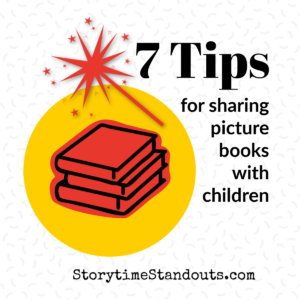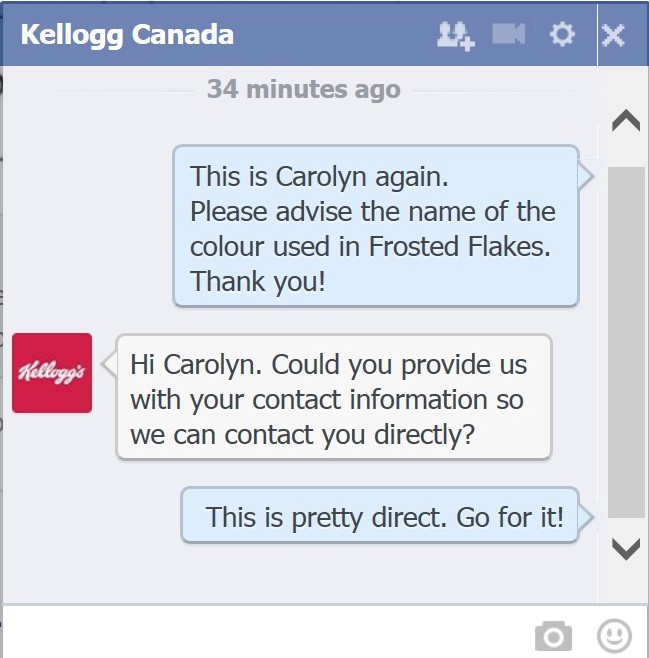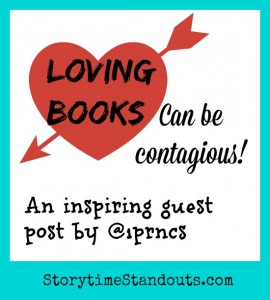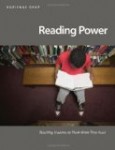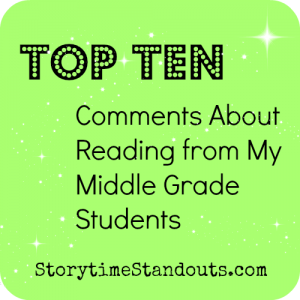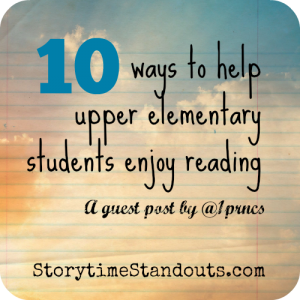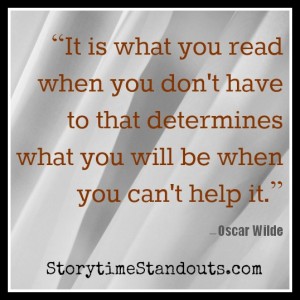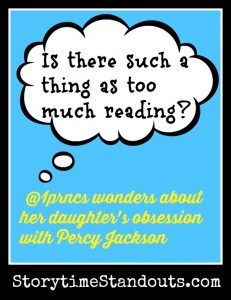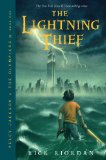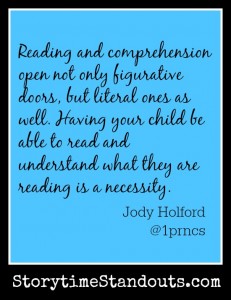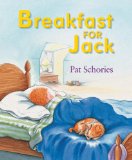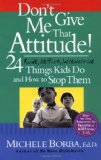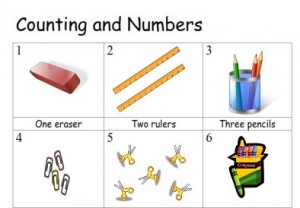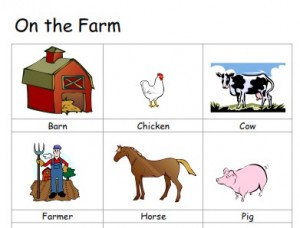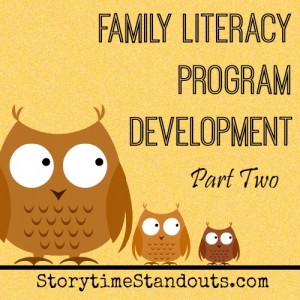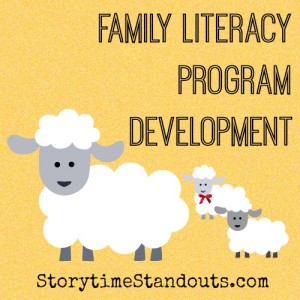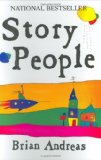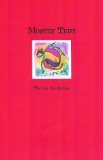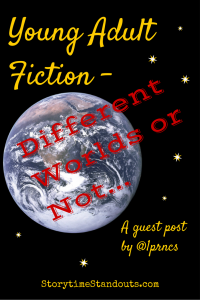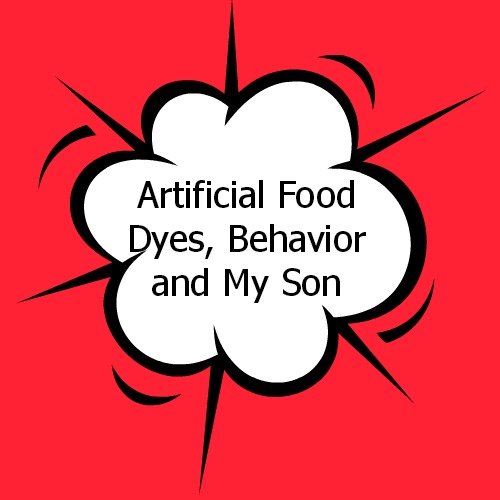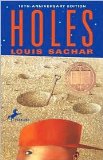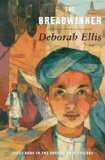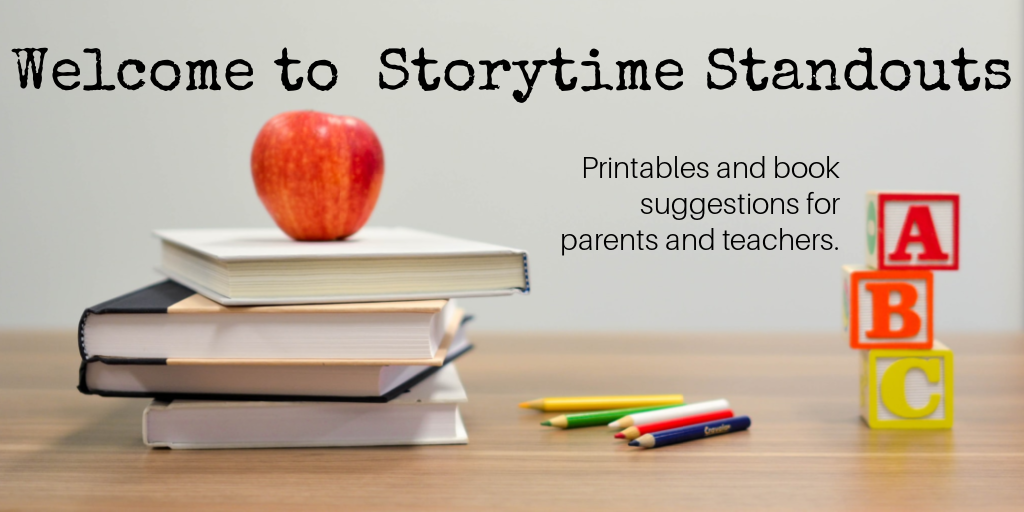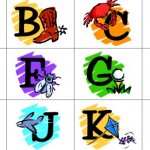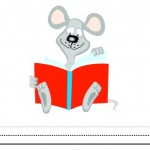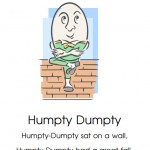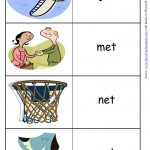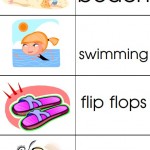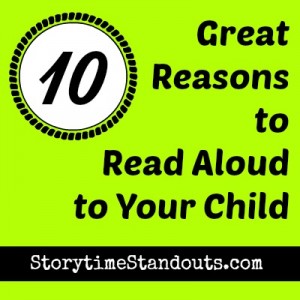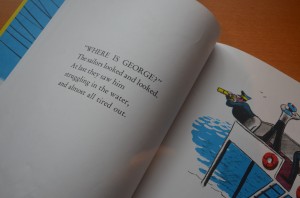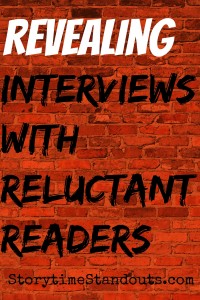 This year, I have a few students who don’t love to read. They and their parents have been honest about this. Of course, when a nine or ten-year-old tells me they don’t like to read, I wonder “How is that possible?” For those of us who love to read, or find it easy, it seems impossible. It’s not; if reading is difficult for you, it becomes a chore. For parents, it becomes an argument with your kids because you know they need to be reading, but it’s hard to make them. Over the years, the students in my class that haven’t enjoyed reading are not being denied the opportunity to read. They have access to books, loving parents (who enjoy reading and model it), they live in print-rich environments, and have capable oral language skills. So, it is not for any of these reasons, necessarily, that they have become reluctant readers.
This year, I have a few students who don’t love to read. They and their parents have been honest about this. Of course, when a nine or ten-year-old tells me they don’t like to read, I wonder “How is that possible?” For those of us who love to read, or find it easy, it seems impossible. It’s not; if reading is difficult for you, it becomes a chore. For parents, it becomes an argument with your kids because you know they need to be reading, but it’s hard to make them. Over the years, the students in my class that haven’t enjoyed reading are not being denied the opportunity to read. They have access to books, loving parents (who enjoy reading and model it), they live in print-rich environments, and have capable oral language skills. So, it is not for any of these reasons, necessarily, that they have become reluctant readers.
Engaging students in conversation is a very simple and easy way to learn more about them. They like conversing with their teacher; telling stories and sharing information. I asked two of my reluctant readers ten questions on Friday.
1. Did you like reading when you started the school year?
2. Why or why not?
3. Do you like reading now, at least more than you did? Why or why not?
4. What makes you not like a book?
5. What makes you like a book?
6. Do you think reading is important?
7. Why or why not?
8. What makes you stop reading a book?
9. What makes you not want to put a book down?
10. Do you have any particular books you enjoy?
I asked this of one boy and one girl who I knew had some reading struggles but in the past month have increased their time spent reading considerably.
The answers were surprisingly similar. Obviously, the sample size is small and the conditions are not “test worthy” but I found the results made me wonder “Are they really reluctant?”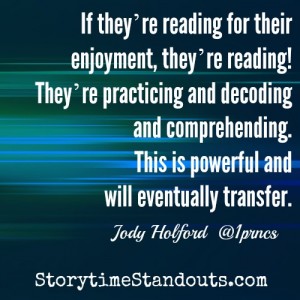
1. They both admitted to not liking reading in September. It wasn’t something they wanted to do when they had free time.
2. Answers ranged from it wasn’t fun to it was boring.
3. In the last month, they have both started to enjoy reading and said it was because they’d found books that they liked and enjoyed.
4. A book disengages them when the story isn’t good or it’s hard to follow. If they aren’t interested in the topic, they don’t want to read it.
5. Much like myself, one of the first things that draw them is the cover. Then the story and what’s inside. Are there graphics? Is it fast-paced? Is it funny?
6/7. They both agreed that reading is important because you learn things and need to do it for school. Sadly, neither of them said that it’s important because it can transport you to a new world or because it can change the way you look at someone or something. Or because it is important to do things you enjoy. We’ll get there.
8. A boring plot line and a lot of words are enough to make them silent stare rather than silent read.
9. They both found books that appealed to them individually, which revealed a bit about who they are. The boy loves hockey and has recently discovered books like Rink Rats. The girl is a curious sort (though she’ll admit to the term ‘snoopy’) and has begun reading through Carolyn Keen’s graphic novel version of Nancy Drew. She has read seven in the last two months. This is proof that we read what appeals to us as people; what compels us personally.
10. As mentioned, books on hockey, mysteries, and graphic novels are on the list. Books that are long can be intimidating. A series, such as Nancy Drew, keep them hooked because they know there’s more on a character they’ve already connected with.
It’s not exactly a research-based understanding of what makes kids turn away from or toward reading, but it gave me valuable information. I don’t want to overwhelm them. I gauge their reactions and am honest about it being okay to not have a book appeal to you. I share my own reading struggles (I read painfully slowly) and tell them what makes me want to read. I know, now, that I’ve opened a doorway and we need to go through it now, while they’re engaged.
How does this transfer to reading the science textbook and getting valuable information? If they’re reading for their enjoyment, they’re reading! They’re practising and decoding and comprehending. This is powerful and will eventually transfer. In addition, the skills we learn as readers (to question, predict and connect) will hopefully transfer too. Once they are not stalled at the actual process of reading, they are free to move forward, enjoy, and learn.


